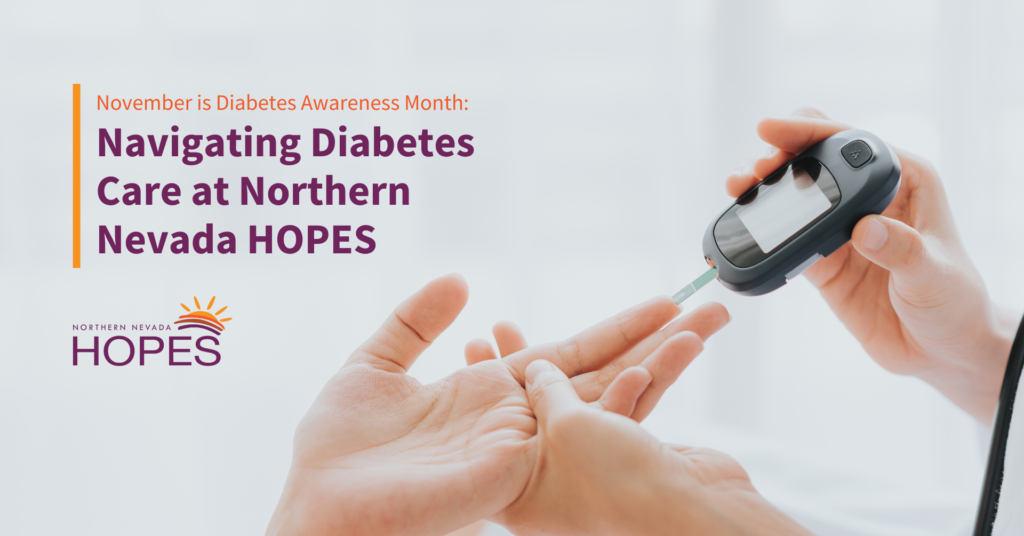Are you working on your summer tan? Are you applying sunscreen early and often? Remember – skin cancer is the most common form of cancer in the US, higher than breast, prostate, lung and colon cancer combined.
Each year, close to 3.5 million cases of skin cancer are diagnosed in the US. What can you do?
- Wear sunscreen everyday with an SPF of 30 or higher, and apply enough to cover your skin completely – do not skimp.
- Apply sunscreen 15 – 30 minutes prior to sun exposure.
- Limit exposure to the sun between the hours of 10am – 4pm, when UV light is strongest. A good way to know how strong the UV light is the Shadow Test: if your shadow is shorter than you are, the sun’s rays are at their strongest point.
- If possible, wear protective clothing: long sleeve shirts, pants, hats, etc.
- Know which prescriptions you take that make you more sensitive to the suns rays. Common medications include antibiotics, blood pressure medications, anti-inflammatories, etc.
- Avoid tanning beds or sunlamps.
Get to Know Your Skin:
Use a full-length mirror to examine your skin. Know what your moles look like, and if you have any changes that meet the ABCDE rule, see a doctor.
ABCDE rule:
Asymmetry: If you were to draw a line through your mole, the two halves do not match.
Border: Melanoma borders are often uneven, ragged, notched, or blurred.
Color: The color is often uneven with shades of black, brown, and tan. You may also see areas of white, gray, red, or blue.
Diameter: The diameter is usually larger than six millimeters (mm) (the size of a pencil eraser) or has grown in size.
Evolving: The mole has been changing in size, shape, color, appearance, or growing in an area of previously normal skin. If a melanoma develops in an existing mole, the texture of the mole may change and become hard, lumpy, or scaly. Although the skin may feel different and may itch, ooze, or bleed, melanoma usually does not cause pain.
Source – skincancer.org, cancer.net, American Cancer Society



